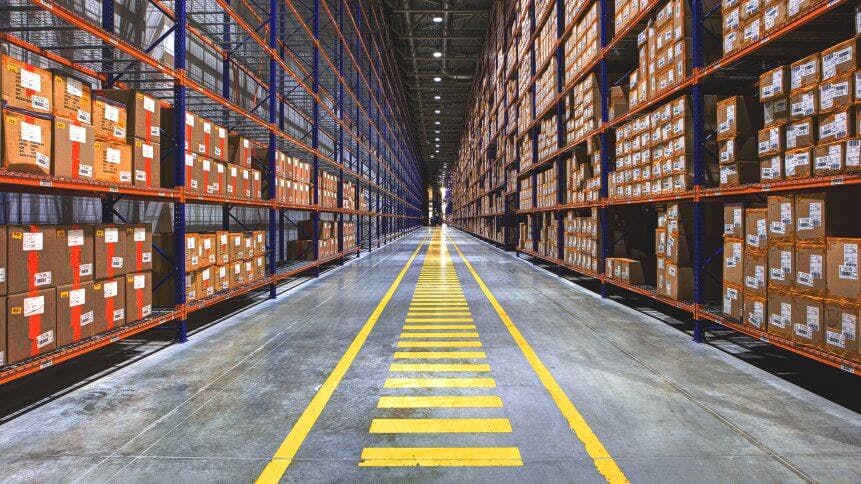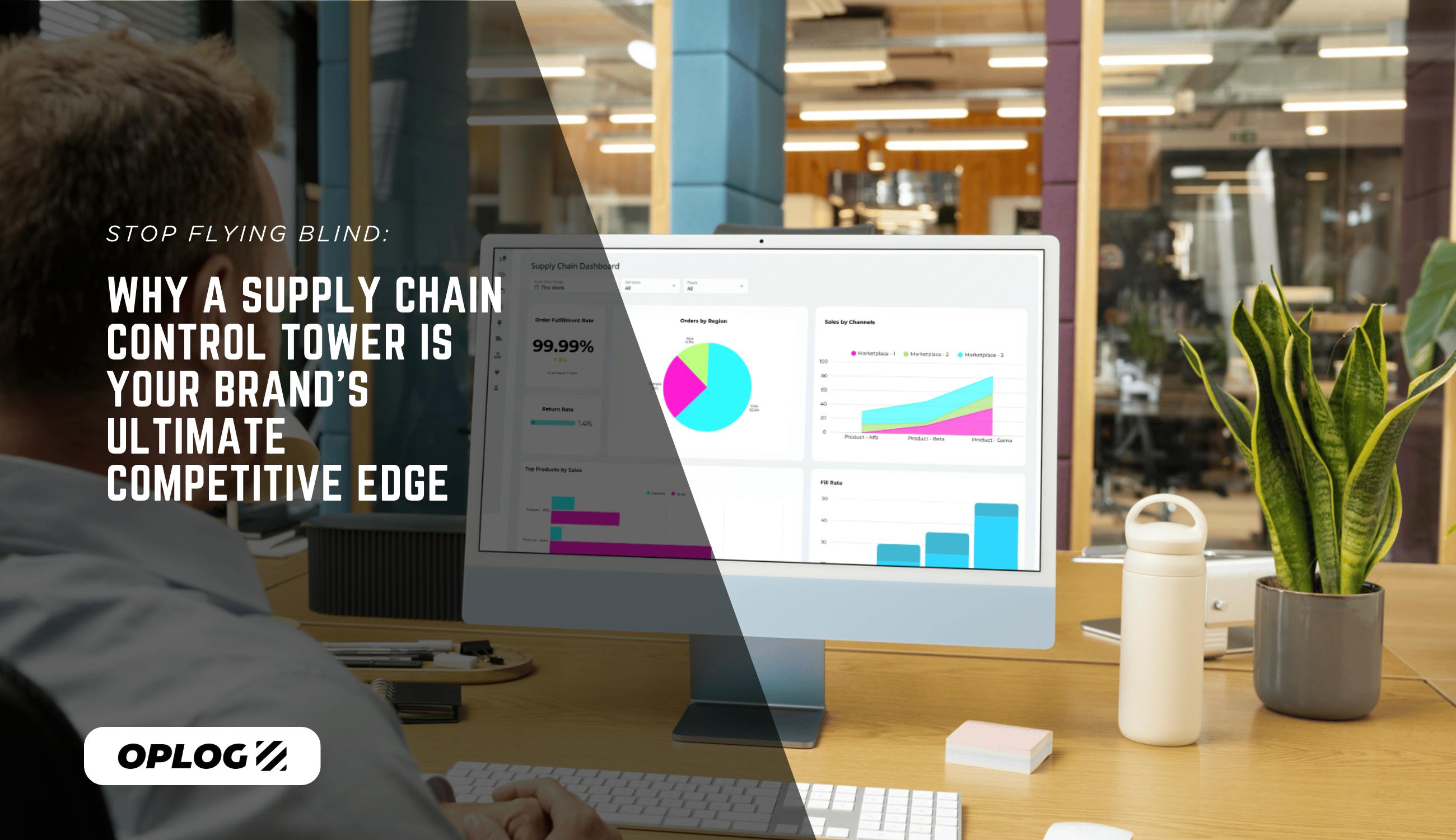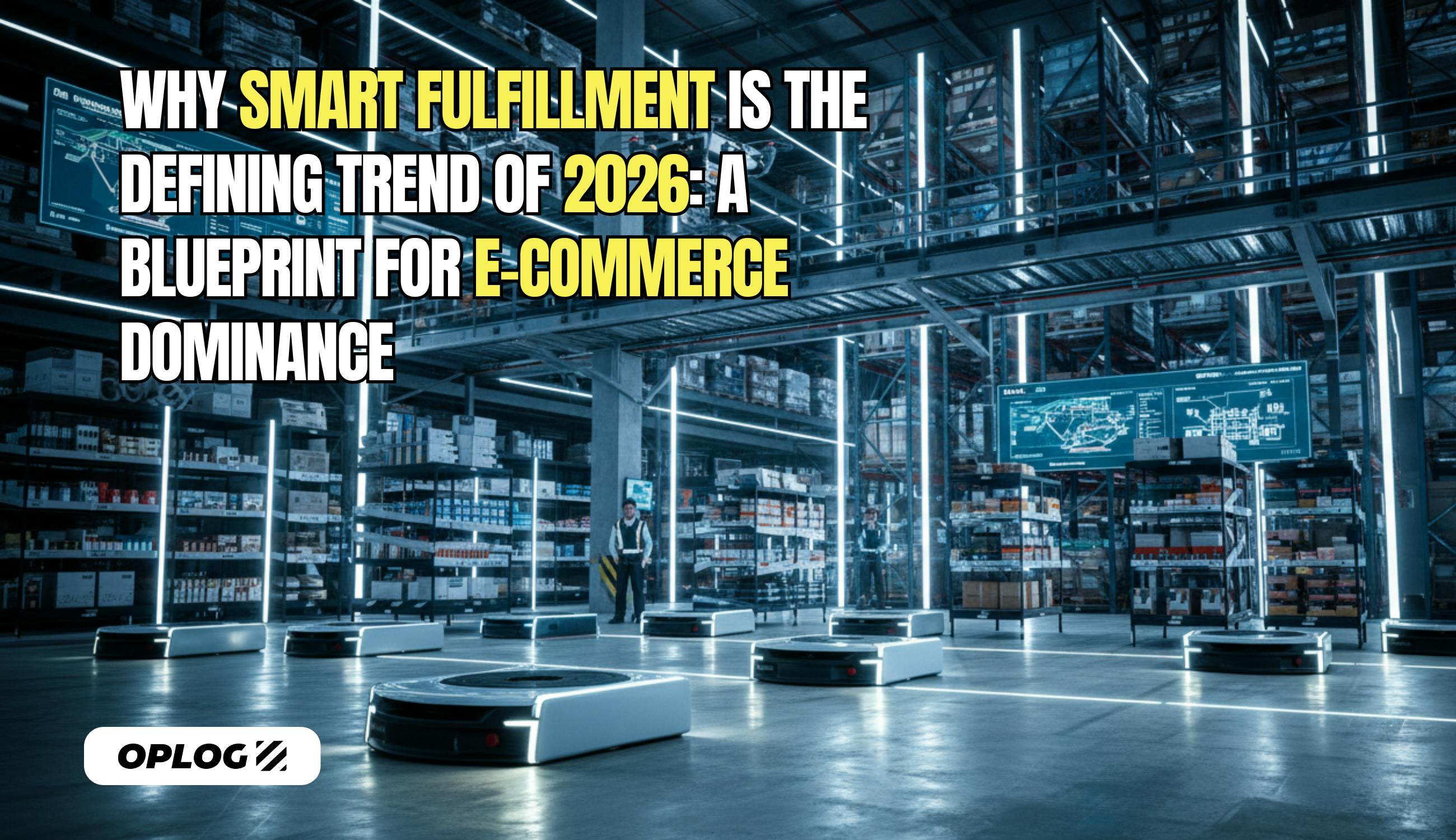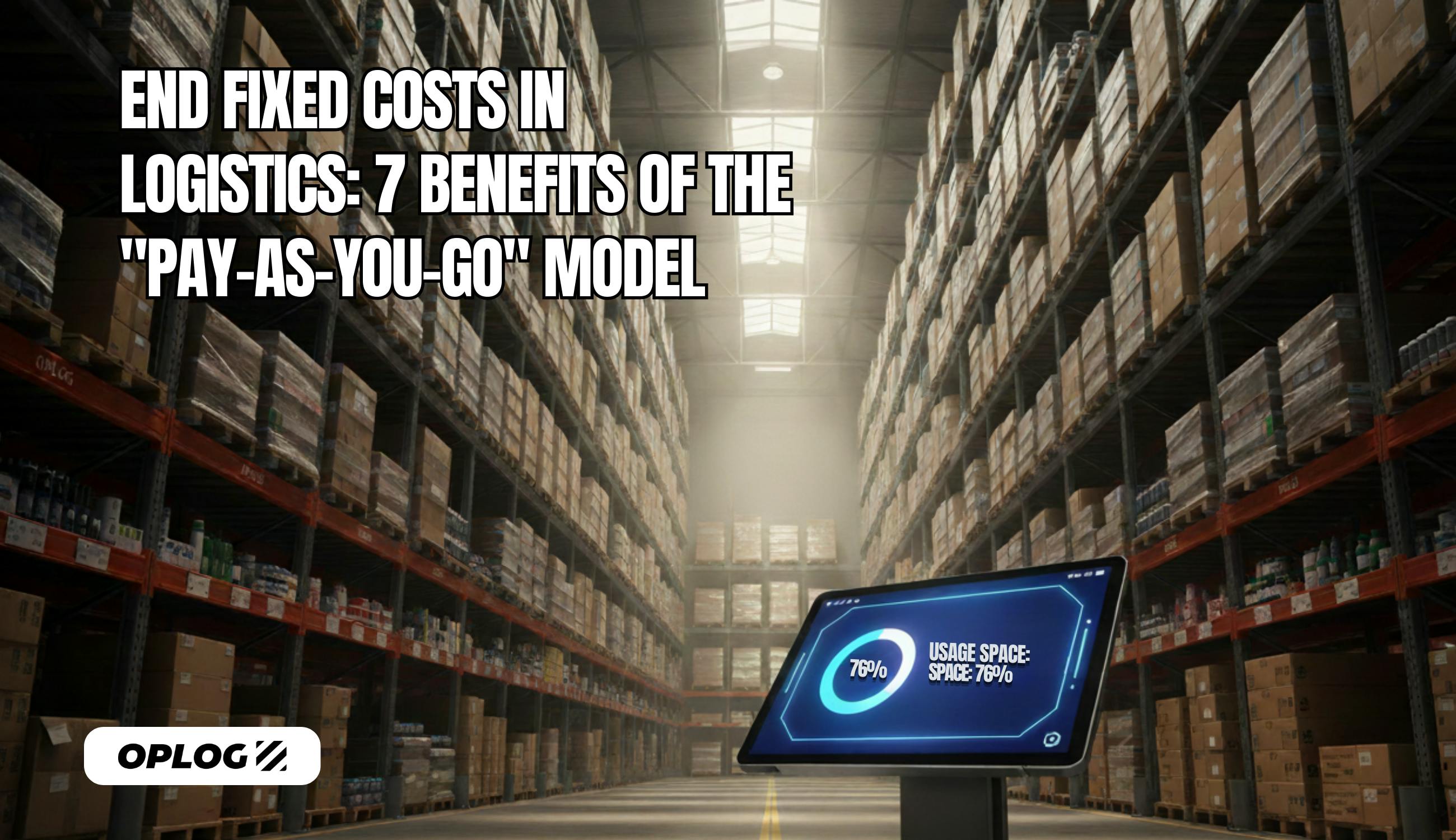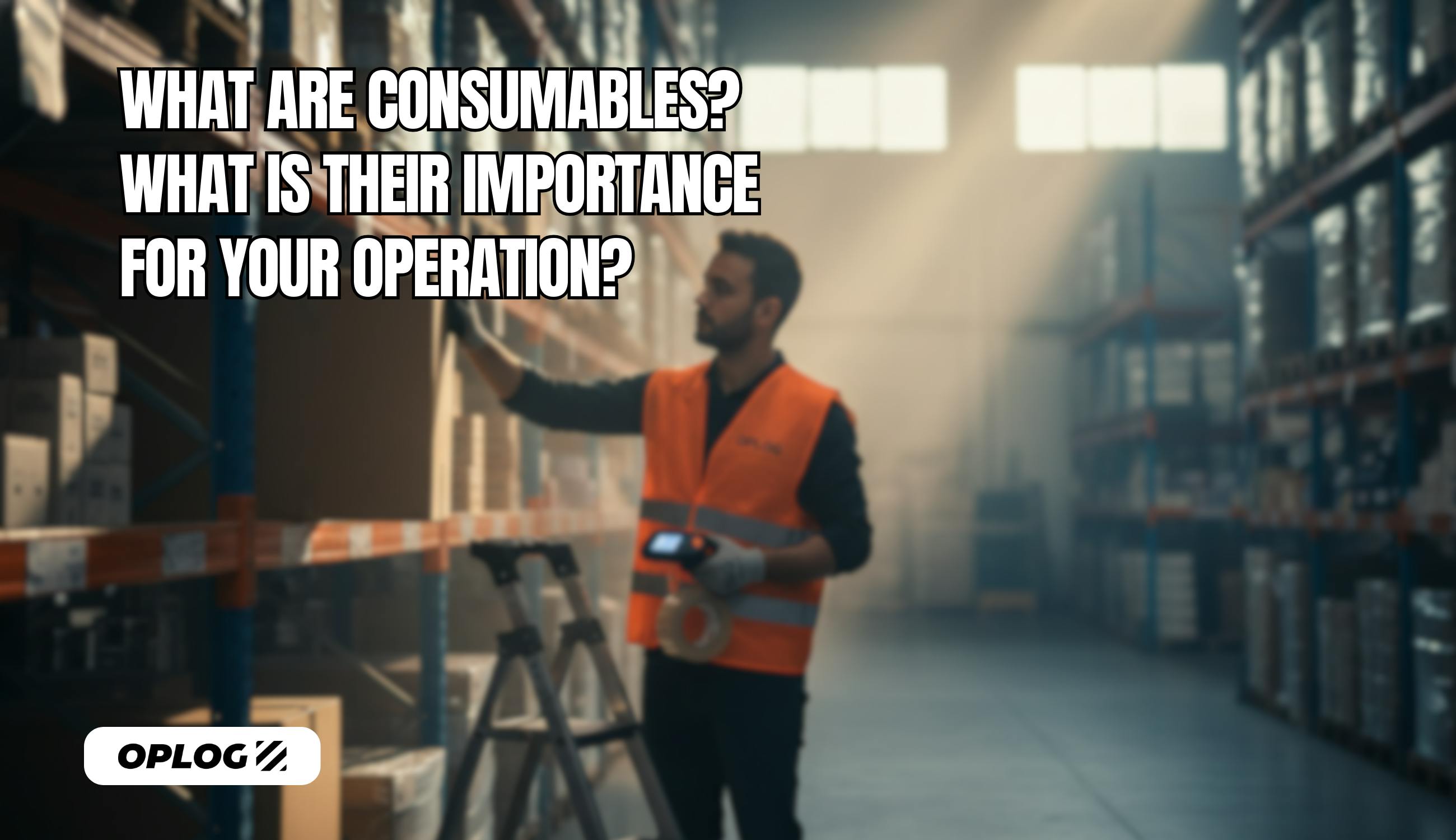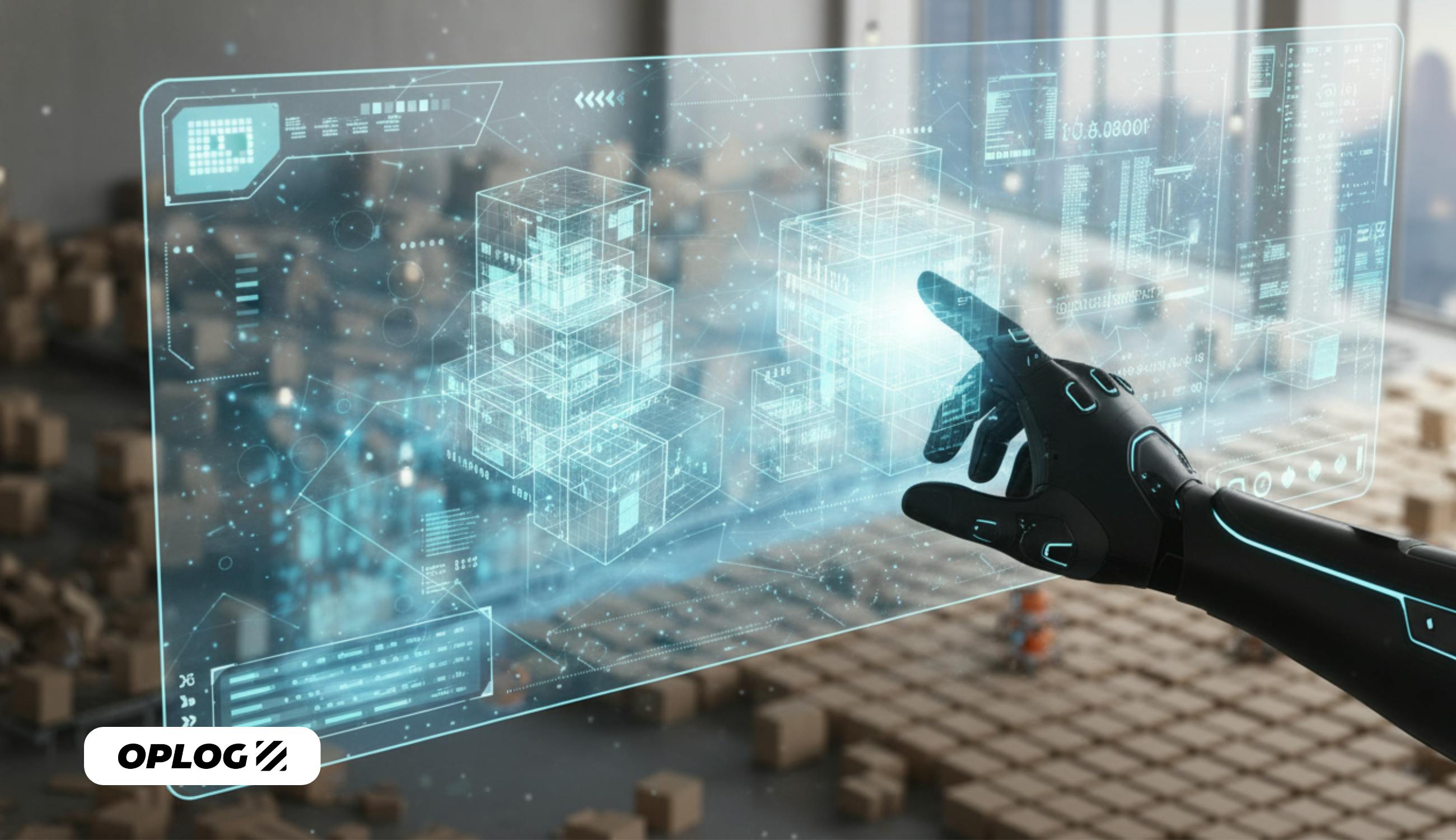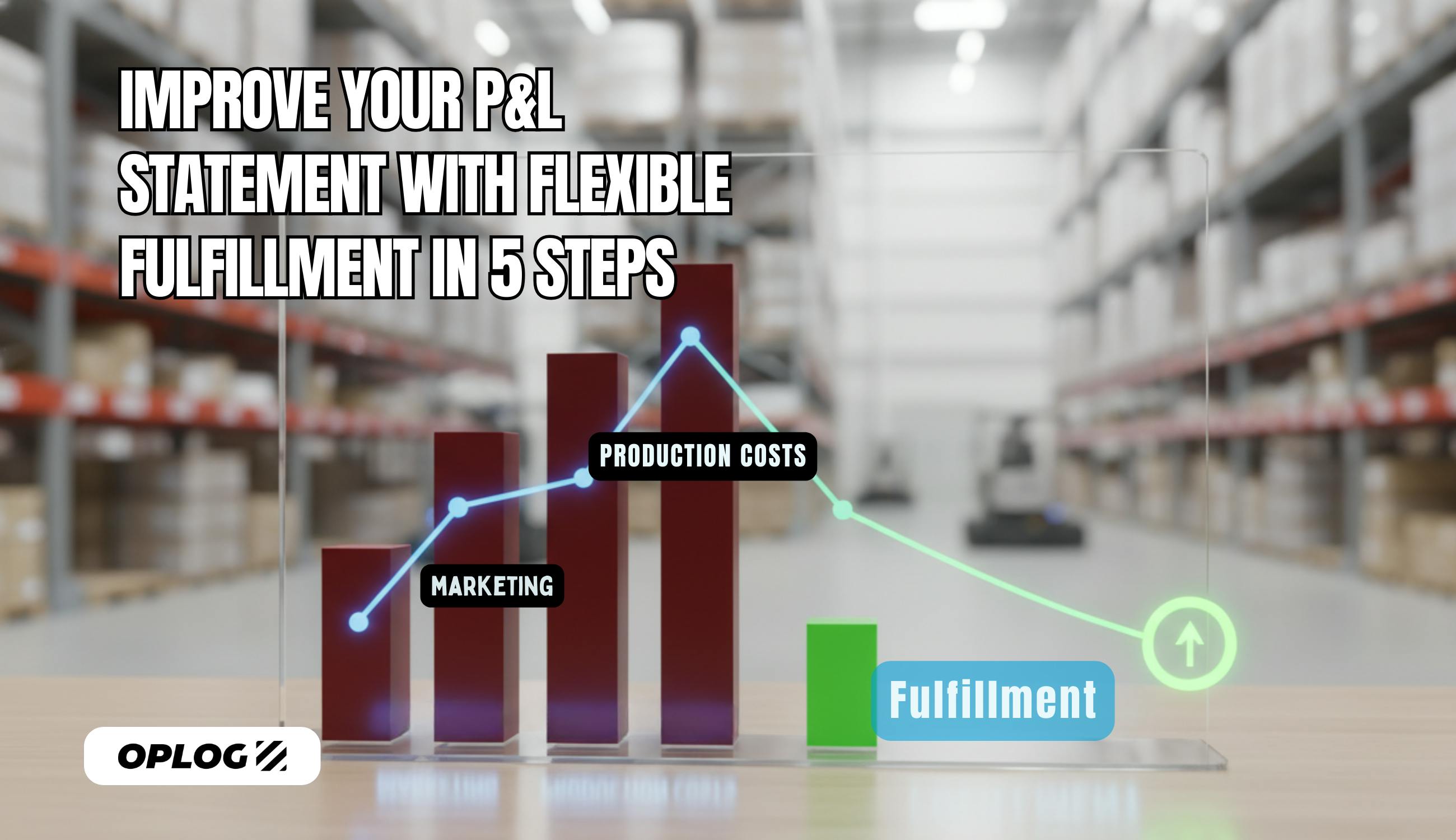Successful businesses need quality products and customer service. For eCommerce, a major part of customer satisfaction and success relies on the post-purchase phase. This starts from the minute a customer purchases a product, until delivery. Learn how fulfillment logistics covers all this and secures your business.
What is Fulfillment Logistics?
Fulfillment logistics involves receiving, processing, and delivering customer orders. These processes usually start in a warehouse or eCommerce fulfillment center. When done well, they encourage repeat business.
Definition and Scope
So, what does fulfilment mean in logistics? The fulfillment process ensures orders get filled and delivered with accuracy. Each step needs efficient execution to avoid mistakes.
Fulfillment logistics phases include:
- Managing inventory
- Receiving orders
- Processing orders
- Picking and packing
- Shipping products
The Fulfillment Process
The process involves many moving parts, from managing the warehouse to outgoing communications. Teams must collaborate to complete each step and move to the next phase of fulfillment. Swift logging and processing are key for success.
Receiving and Inventory Management
The fulfillment journey starts with suppliers. Goods travel from suppliers to fulfillment centers for acceptance and verification. Teams track inventory levels, keep goods organized, and replenish stock.
Order Processing
Order processing has three phases: entry, verification, and prioritization (if needed). Workers cross-check availability, buyer information, and payment. Some orders may get expedited to meet deadlines.
Picking and Packing
Goods get collected in this phase. Picking is usually manual, but new automated systems feature robotic help. Once collected, goods get packaged with documentation (like invoices or shipping labels).
Shipping and Delivery
Companies select carriers, organize shipping, and deploy delivery management. Some services have set couriers chosen for cost, speed, and destination requirements. Once the order has left the center, teams track the transit journey for delivery success.
Types of Fulfillment Models
Fulfillment model locations range from home garages to larger warehousing. Models include on-site or off-site locations. These options are in-house fulfillment, third-party logistics, and dropshipping.
In-House Fulfillment
This model focuses on internal, in-house fulfillment processing. It allows control over inventory, overseeing customer matters, and flexibility for customer orders. It can lead to higher costs, complicate managing logistics, and scaling troubles.
Third-Party Logistics (3PL)
Third-party logistics (3PL) outsources operations to companies specializing in storage, processing, and shipping. 3PL can ease operation strains, offer better logistics knowledge, and access to tech. It may lessen control over the process and add costs for services.
Dropshipping
This model has a supplier or manufacturer ship goods directly to the customer. The retailer only manages the orders and sends them to the supplier. It lowers costs and simplifies operations to offer more products, without needing housing. However, retailers may experience lower profits and limited control over processing and stock.
Technology in Fulfillment Logistics
Technology is ever-evolving to meet consumer demands while advancing fulfillment logistics. Common systems now include comprehensive warehouse management and order management. Tech-savvy set-ups may feature futuristic robotics and AI. Each system adds to a company’s speed and accuracy to scale its fulfillment processes.
Warehouse Management Systems (WMS)
A warehouse management system (WMS) is a software application that supports and optimizes warehouse operations. It tracks and manages inventory, coordinates picking and packing, and streamlines workflow. Using this system can increase accuracy, aid in tracing goods, and enhance operations.
Order Management Systems (OMS)
The OMS is a software focusing on managing the entire order lifecycle. It allows better inventory visibility between channels. OMS also coordinates multi-location fulfillment and links to customer service and returns teams.
Automation and Robotics
This is where the future meets function. AI-based systems and robotics carry out tasks to optimize simple actions. They help in picking, packing, sorting, and handling. In some spaces, they can even move items in the warehouse using autonomous mobile robots.
Challenges in Fulfillment Logistics
Fulfillment logistics involves many parts and teams, leading to challenges. Issues include managing inventory, order inaccuracies, and rising shipping costs. Each hurdle needs strategic solutions for top service.
Inventory Management
Maintaining inventory is the start of a successful fulfillment journey. Ensuring goods are well-tracked avoids cases of stockout and overstocking. This allows successful sales, lessens holding costs, and meets customer expectations.
Order Accuracy
Errors can happen when picking, packing, and shipping orders. You can cut these faults by using systems that enforce accuracy. Great solutions include scanning, automation, and other measures to enforce quality control. Adding these solutions sidesteps returns, extra shipping costs, and poor company reputation.
Shipping Costs and Speed
In eCommerce, shipping needs to be fast and affordable. Professional eCommerce fulfillment companies optimize shipping strategies and arrange couriers using technology. This reduces the chances of decreased profits, slowed delivery times, and dissatisfying customers.
Measuring Fulfillment Performance
Achieving performance excellence stems from regular efforts to identify areas to improve. Measuring key performance indicators (KPIs) can help address sore points. Common issues include inventory turnover, order accuracy, and delivery timing. Monitoring metrics leads to enhanced operations, boosts business, and happy customers.
Continuous Improvement Strategies
In fulfillment logistics, these strategies focus on regular efficiency and accuracy updates. Companies use data analysis, feedback, and regular reviews to identify areas for improvement. Applying these strategies leads to better performance, reduced errors, and higher customer satisfaction.
Future Trends in Fulfillment Logistics
Advancements in tech will shape the future of logistics. Customers expect faster service, like next-day or same-day delivery. While logistics deploy instant services, there is a drive to reduce carbon footprints. You can expect the future to have faster, yet eco-friendly solutions.
Same-Day and Next-Day Delivery
This quick delivery service caters to customers' demand for speed and convenience. Companies can do this by:
- Optimizing their supply chains
- Using advanced technology
- Strategic warehouse placement
Speedy delivery options enhance customer satisfaction and give businesses a sharper competitive edge.
Sustainable Fulfillment Practices
These practices focus on reducing the environmental impact of logistics operations.
Companies now are adopting:
- Eco-friendly packaging
- Optimizing delivery routes
- Renewable energy in warehouses
These mindful changes benefit the environment and improve brand reputation and customer loyalty.
Fulfillment Logistics FAQs
